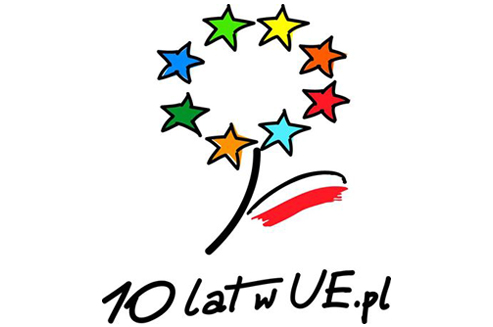Ten years ago Poland was given a chance to catch up the civilisation growth, speed up the process of eliminating development differences and consequently – to play an active role in building competitive European economy. Poland is using this opportunity with success.
European Funds 2004-2013 – financial summary
From both Financial Frameworks and the Cohesive Policy Poland has received over 82 billion EUR – 14.2 billion EUR between 2004 and 2006 plus 67.9 billion EUR between 2007 and 2013. Within the 2004-2006 Frameworks we invested all the available funds and we have already used 97.5% of the 2007-2013 budget, which is over 66 billion EUR. As of 27 April 2014, beneficiaries from both Financial Frameworks have already carried out more than 186 000 projects.
Between 2004 and 2013 the biggest beneficiaries were local government units (approx. 34% of projects value) and companies (30%). In almost all voivodeships the subsidy structure is dominated by expenses on transport, followed by researches and development as well as human resources growth.
European Funds 2004-2013 – economic benefits
The Cohesion Policy played a crucial role in Poland’s development, having a significant impact on filling up long-term development gaps and on eliminating differences between regions.
A relatively high economic growth in Poland between 2004 and 2013 (yearly average of 4% compared to 1% in EU 27) as well as avoiding recession in 2009 and 2010 was largely due to using European Funds.
Between 2004 and 2012 GDP per capita in Poland amounted to 66% of the average GDP in EU 27. This means that we came closer to the EU average by 17%. In this regard Poland has outdistanced all the remaining new member states.
Out of 20 regions among new EU member states with the highest EU convergence level between 2004 and 2010 there were 9 Polish voivodeships, including the fastest developing ones: mazowieckie, dolnośląskie, śląskie and wielkopolskie.
European Funds 2004-2013 – results
- more than 2000 km expressways and highways built or modernised
- more than 14 000 national and local roads built or rebuilt
- nearly 2300 railway tracks built or rebuilt
- more than 2000 rolling stock units in public transport bought and nearly 300 units modernised within urban transport agreements
- more than 20 000 companies supported
- nearly 1200 research and development projects implemented
- 250 subsidised business-related companies with more than 13 000 services provided
- nearly 36 000 km sewer systems and 12 000 water supply systems built or modernised
- 683 municipal sewage treatment plants built, developed or modernised
- 800 000 employees in the 20-64 age group more
- more than 243 000 new companies run by unemployed people set up (thanks to non-refundable grants)
- 5 000 kindergartens and nursery units supported
- nearly 90 000 students of so-called ordered specialties, including automatic control and robotics, biotechnology, constructions and computer science
- 55% of all schools in Poland equipped with computer rooms with nearly 250 000 workstations
Source: 10lat w UE – the Ministry of Infrastructure and Development


